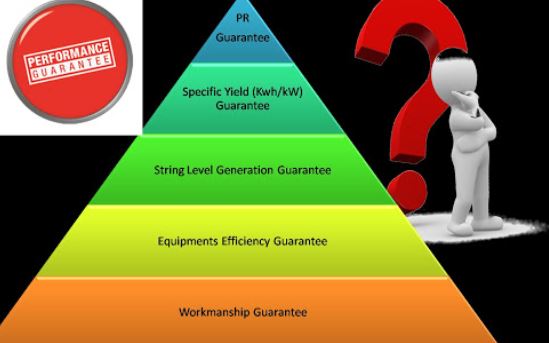Preface

Mandatory energy efficiency ratings for houses have been in effect for some time in parts of the UK and other parts of Europe, and seem to be generally accepted. In particular, new houses must comply with strict architectural design and construction standards to ensure that household energy consumption is minimized.
In Australia, in order to meet energy efficiency standards, a lot of energy is being put into new and expanded houses and the design stringency is increased. But until now, no measures have been taken in terms of built houses, because built houses are the largest proportion of the housing stock. In a recent COAG agreement, a national agreement was reached that will implement energy efficiency rating measures for existing houses.
It is expected that this requirement will be enforced as part of the transaction documents. In other words, along with important legal documents (such as seller declarations, leases, and contracts), a separate declaration will be required to provide the buyer or tenant with detailed information about the energy efficiency of the house.
Despite the proper arrangement, this arrangement is still problematic and the details must be carefully considered.
By Allen Consulting Group
The released report initiated by the federal government, among other details, proposes various reporting standards, including voluntary evaluation and comprehensive evaluation by qualified energy rating assessors.
The governments of all countries hope that this form of reporting will bring the importance of energy consumption and the resulting carbon emissions to the attention of householders. The subconscious purpose seems to be to encourage homeowners seeking to sell or lease energy-inefficient houses to take measures to improve energy efficiency and make them more popular in the market without any price penalties.

Buyer

How do buyers integrate the energy efficiency of the house with other important purchasing decision criteria (such as location, community amenities, and transportation convenience)? These have long been traditional buying motives. On the other hand, the professional behavior of tenants is shorter, so they are more likely to consider energy efficiency and demand more landlords.
Local and international studies indicate that the measures necessary to improve energy efficiency can be expensive. The saved energy costs may take many years to offset the cost of the initial expenditure. So, is it possible for the seller to purchase this efficiency measure before selling? Moreover, can the purchaser be able to spend such funds just purchased, and may be at the financial limit? Third, research shows that the payback period is too long to be practical. Many people argue that the government is seeking government support through subsidies, while in Australia, subsidies are shrinking.
How do we achieve lofty goals? Ultimately, we need to change our habits. We live in a relatively mild climate (especially in the southern states), and have little or no consideration of how to adjust the direction of the house when building or the number of household appliances (such as computers, plasma TVs, and smartphones) that constantly invade the house . Need more regular charging than other mobile phones.
Our lifestyle determines the energy consumed. This is not to oppose energy efficiency ratings, but to recognize that they have the least impact (if any) in creating more energy-efficient homes in our building stock.

Factors driving change

So what might drive change? Rising energy costs are one of the ways forward, and the government will take the initiative and wisely introduce and strengthen subsidy programs to encourage careful design and improvement of existing houses. For example, in southern states, a north-facing house should ensure that the exterior garden design does not restrict sunlight from entering the house in winter and, if possible, provide greater shade in summer.
West-facing houses should consider minimizing exposed windows or using double glazing to prevent heat gain in summer and higher heat retention in winter. Although some government financial assistance will help, these are easy to achieve for already built houses.
An objective review of current research will conclude that behavior is the ultimate determinant of reducing energy consumption, which is the same as increasing gasoline costs that caused V8 vehicles to disappear from our roads. Increasing energy costs will make people rethink whether to turn on the heater when they go to work, so that they can walk into a comfortable home when they return.

For real estate

From a real estate perspective, the question becomes: How much energy costs must increase before home buyers (and ultimately tenants) start to include the energy efficiency of the house in their decision-making criteria? When we see this happen, we will see people start to think about how to make their homes more energy efficient to attract buyers.
Mandatory performance and efficiency ratings are an excellent way to deliver environmental information to the family, but unless other coexisting policies and measures are implemented to ensure behavior changes, they are almost impossible to achieve by themselves. This is essential to ensure that we reduce the carbon emissions caused by our houses. According to data from the Ministry of Climate Change and Environment, this accounts for 10% of Australia’s total carbon emissions.

